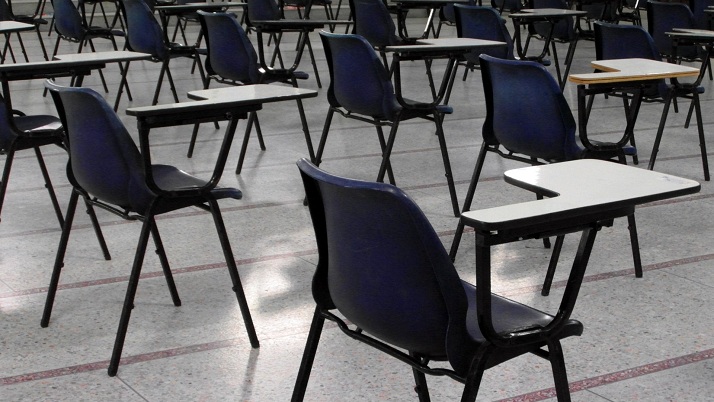The Department for Education has published a range of outcome measures at national and local authority level for children looked after continuously for at least 12 months
Under the Children Act 1989, a child is legally defined as ‘looked after’ by a local authority if he or she:
- is provided with accommodation for a continuous period for more than 24 hours
- is subject to a care order; or
- is subject to a placement order.
This statistical first release provides information at national and local authority level on the outcomes for children looked after continuously for at least 12 months at 31 March 2017. The outcome measures cover:
- educational attainment (at key stages 1, 2 and 4)
- special educational needs
- absence from school
- exclusions from school
There are two new tables this year at national level at key stage 4; both provide additional breakdowns of the Progress 8 measure (school type and length of most recent period of care).
The report also includes experimental statistics on educational attainment (at key stages 2 and 4) of previously looked after children who left care through an adoption, special guardianship order (SGO) or child arrangements order (CAO).












 24 APR 2024
24 APR 2024

 24 APR 2024
24 APR 2024

 22 APR 2024
22 APR 2024

 22 APR 2024
22 APR 2024

 18 APR 2024
18 APR 2024














Leave a commentOrder by
Newest on top Oldest on top